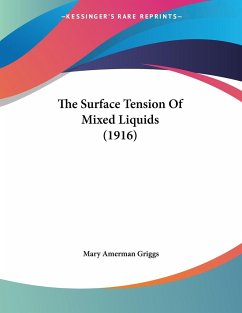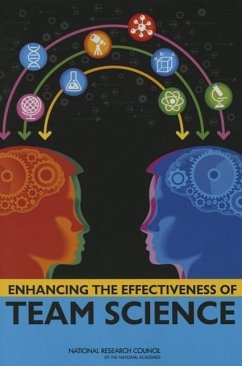
Major and Minor Constituent Profile of Performance-Enhancing Liquids
Versandkostenfrei!
Versandfertig in 1-2 Wochen
40,99 €
inkl. MwSt.

PAYBACK Punkte
20 °P sammeln!
Energy drinks have rapidly gained global popularity as functional beverages designed to enhance physical and cognitive performance through the inclusion of stimulants, vitamins, and other bioactive compounds. Initially targeting athletes, these drinks have expanded their market to encompass adolescents, young adults, and even the elderly, driven by aggressive marketing and changing consumer lifestyles. While they are associated with increased energy and endurance, their diverse formulations and high stimulant content raise concerns about potential health risks. This research work explores the ...
Energy drinks have rapidly gained global popularity as functional beverages designed to enhance physical and cognitive performance through the inclusion of stimulants, vitamins, and other bioactive compounds. Initially targeting athletes, these drinks have expanded their market to encompass adolescents, young adults, and even the elderly, driven by aggressive marketing and changing consumer lifestyles. While they are associated with increased energy and endurance, their diverse formulations and high stimulant content raise concerns about potential health risks. This research work explores the composition and forensic relevance of energy drinks using various scientific methodologies to ensure safety, authenticity, and compliance in this rapidly growing industry, offering critical insights into their implications for public health and consumer protection. Energy drinks Energy drinks are beverages that contain significant amounts of caffeine and other legal stimulants like taurine, carbohydrates, glucuronolactone, inositol, niacin, panthenol, and B-complex vitamins, which are all considered sources of energy (Attila, and Çakir, 2011). While consumers can easily differentiate between carbonated drinks and energy drinks in stores, sports and energy drinks are often confused (Applegate, and Grivetti, 1997). Energy drinks were first introduced in the U.S. in 1949 with the launch of 'Dr. Enuf', fortified with vitamins as a healthier alternative to sugary sodas. In the 1960s, they spread to Europe and Asia (Reissig, et al., 2009), with Lipovate D launching in Japan in 1962 and dominating its market. Red Bull popularized energy drinks in the Western market during the 1980s, and by 1997, it became a global phenomenon (Applegate, and Grivetti, 1997; Reissig, et al., 2009; Foran, et al., 2012), leading to an exponential market growth in countries like India, China, and Brazil. Red Bull entered India in 2003, and by 2022, the energy drink market saw a 12.6 percent growth in value in one year (2021-22), reaching ¿16,488.6 million, which was 35 percent higher than the 2020 market (Verma, 2023).












